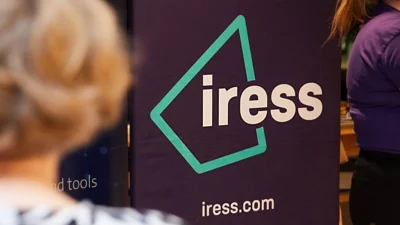Lifting voluntary savings the key to reducing retirement gap
The Investment and Financial Services Association (IFSA) has released its second Policy Options for Retirement Incomes and Long Term Savings report, which contains recommendations to help narrow the retirement savings gap by raising the level of voluntary savings in Australia.
Chair of the IFSA Economic, Savings and Tax Board and Perpetual chief executive David Deverall described the gap as “the difference between our reasonable expectations for living standards in retirement, which is one number, and our final retirement income, which is a combination of our current rate of saving and the age pension”.
The report suggests several ways to boost retirement savings levels, including reducing the contributions tax from its current level of 15 per cent.
“We conducted some extensive research and IFSA’s research found that Australians focus very strongly on the issue of contributions tax, and our research shows that lowering front-end tax would improve retirement income levels and provide a very big boost to voluntary super,” Deverall said.
The research revealed a complete scrapping of the tax would potentially increase superannuation savings by $2.51 for each dollar of tax foregone over the next 70 years, effectively halving the current gap level of around $452 billion or $93,000 per person.
However, Deverall stressed any reductions in personal tax rates would have to be accompanied by a proportionate reduction in the contributions tax, otherwise the gap would actually widen.
Another means of lifting voluntary savings proposed by the report is to broaden the superannuation co-contributions scheme to allow middle-income earners to participate.
“The policy idea we’re suggesting is for the scheme to be extended to middle-income earners at an affordable cost. Our research shows middle-income families will respond significantly at lower ‘matching rates’ than those that are currently in existence, that is where the Government’s co-contribution is as low as 50 cents for each dollar contributed,” Deverall said.
A third recommendation from the report is to allow for a more flexible transition to retirement by enabling non-superannuation money to be paid into retirement income streams after retirement.
“In the end, the question of balance will be resolved by government, but with this document we offer some useful options for consideration. We believe these proposals should be regarded seriously and if they are adopted we believe very passionately they will significantly improve Australia’s retirement income system,” Deverall said.
Recommended for you
The winners have been announced for the 2025 Super Fund of the Year Awards, held in Melbourne on 26 November by Money Management's sister brand Super Review.
Data and technology provider Novigi has acquired Iress’ superannuation consulting and managed services business from Apex Group.
AMP is to launch a digital advice service to provide retirement advice to members of its AMP Super Fund, in partnership with Bravura Solutions.
Unveiling its performance for the calendar year 2024, AMP has noted a “careful” investment in bitcoin futures proved beneficial for its superannuation members.








